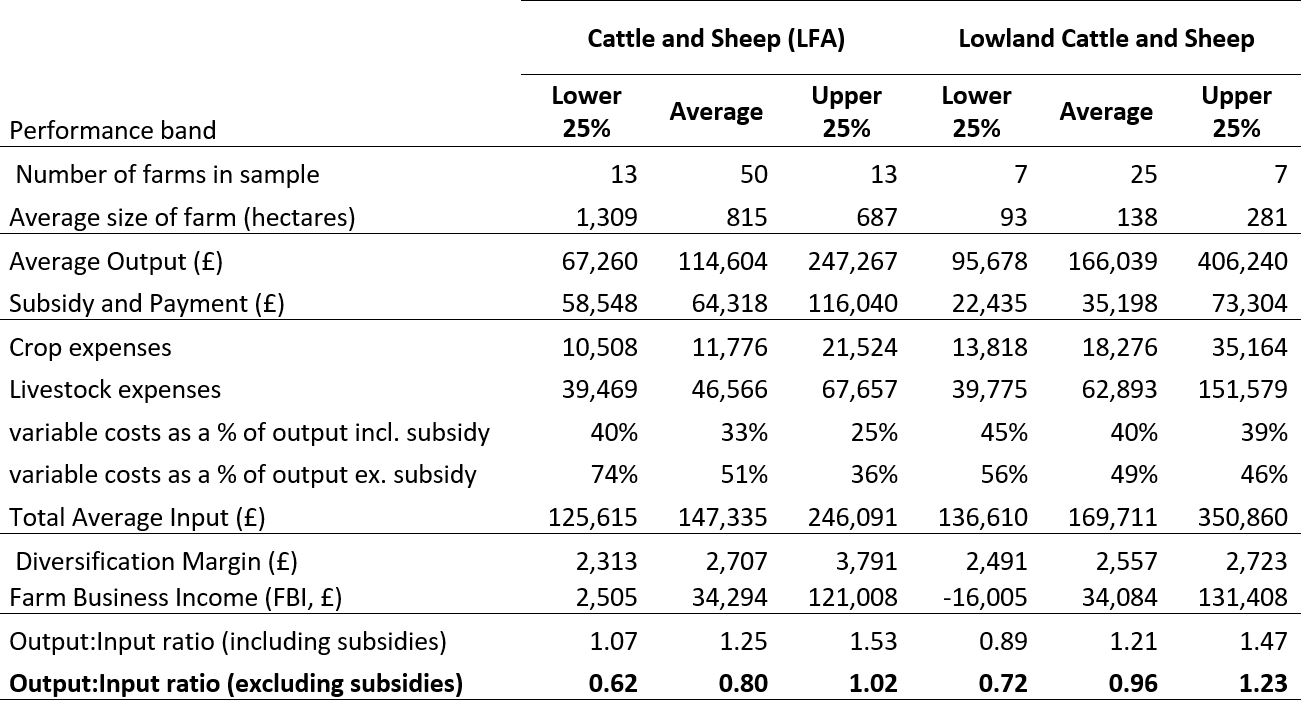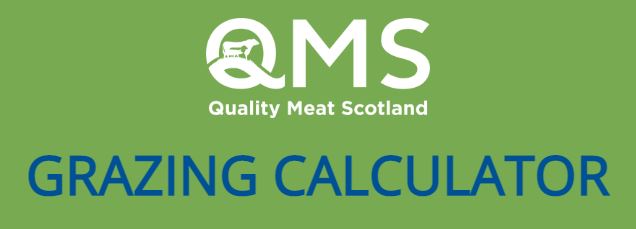Reviewing Your Livestock Farming Costs
25 May 2023
The top 25% of Scottish Beef and Sheep Less Favoured Area (LFA) farms have 67% greater costs than the average, yet return 116% greater revenue. This is a finding from the Scottish Farm Business Survey (2021-22) data and illustrates how above-average costs can be justified to achieve greater output with good management decisions.
Another way of looking at this is to look at the output: input ratios, see table below. This means that, in times of increasing variable costs, we must be shrewd about which costs to cut to avoid disproportionately reducing output.

Performance band (Lower 25%, Average and Upper 25%) is categorised based on total Farm Business Income: Farming, support and farm diversification income, excluding income from off-farm work, non-farm diversification and non-farm investments

Keeping Costs in Check
Feed and fertiliser are the obvious contenders. While these can be invaluable during extreme weather, it's important to avoid becoming too reliant on them. Consider options like lambing and calving later, better utilising grazed grass, reducing the housing period with deferred grazing, and offloading stock sooner to reduce dependence on these inputs. The options chosen will need to be compatible with your land and allow flexibility for changing weather conditions.
Veterinary spending can be divided into two categories: "good" proactive spending, such as vaccinations that prevent health issues and reduce treatment costs later, and health screenings, and "bad" reactive spending on treatments like antibiotics for an abortion storm. Some may be pressured into spending more on vaccination than necessary, making it even more valuable to benchmark this cost, whilst also looking at output – higher vaccination costs may have increased the flock or herd output so looking at the cost in isolation is misleading.
Investing in soil fertility and grass production is often valuable if it leads to increased meat production from greater grass growth. Away grazing may be reviewed, for instance, if there are opportunities to increase stocking at home by improving the production of home-grown forage or by better utilisation. Although weighing up these costs may not be easy and the answers will differ from farm to farm, it is always worthwhile to evaluate.
The nature of livestock farming is changing; where in the past, high-input businesses could justify their high costs as they were, in some cases, better placed to reap the benefit of the greater product price, the recent increase in costs has clouded the picture. Although revenue is influenced by external forces as well as production, focusing on selling a sustainable amount of meat while keeping costs in check can give businesses a real edge.
See how your costs compare to the farmers in The Scottish Farm Business Survey.
Useful Resources
Sign up to the FAS newsletter
Receive updates on news, events and publications from Scotland’s Farm Advisory Service

